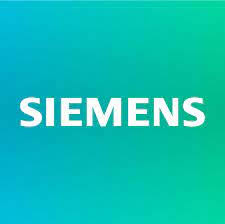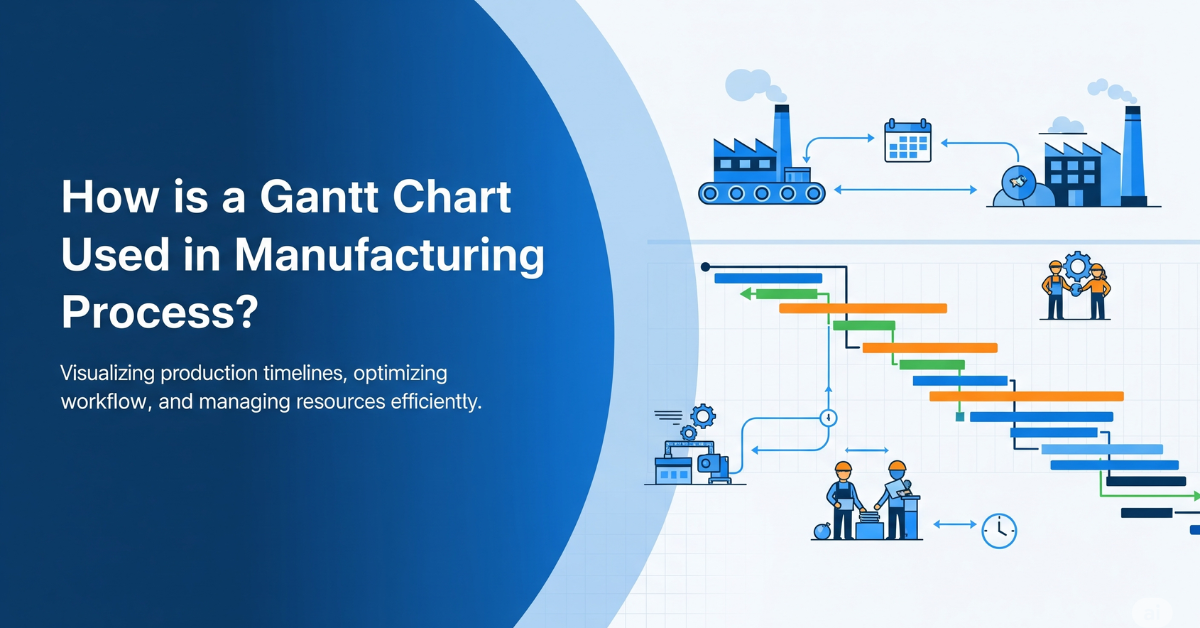Cloud-Based MES Software
A Cloud-Based MES Software connects digital and physical production by leveraging robust cloud infrastructure to track and control processes in real time. It ensures that manufacturing operations adhere to high quality and compliance standards, while benefiting from scalable, secure cloud data management that reduces delays and waste.
This solution supports smart manufacturing by integrating real-time shop floor data with centralized cloud analytics, driving continuous improvement and operational agility.
Manufacturing Execution Challenges
Manufacturers face execution challenges due to disconnected systems, manual workflows, and limited real-time visibility into production activities. These gaps lead to errors, delays, and inefficient resource use across the shop floor. Without a robust Manufacturing Execution System (MES), it's difficult to track progress, enforce quality, and respond quickly to production issues.

What Does a Cloud-Based MES Software Do?
A Cloud-Based Manufacturing Execution System (MES) connects and controls production processes in real time through a centralized, cloud-hosted platform. It collects data from machines, operators, and systems to track production, enforce quality, and ensure compliance. By operating in the cloud, it enables remote access, faster deployment, and seamless scalability—supporting smart manufacturing with real-time visibility and operational agility.

Key Features of Cloud-Based MES Software
Scalable Cloud Architecture
Utilizes a flexible, secure, cloud infrastructure that scales with your business, integrates seamlessly with existing systems, and minimizes onsite IT overhead.
Real-Time Visibility
Delivers instant, cloud-hosted monitoring of production processes with live metrics and alerts, enabling proactive adjustments and streamlined operations across your facility.
Automated Workflow Management
Streamlines and automates production workflows, coordinating tasks and reducing manual intervention, errors, and operational bottlenecks for enhanced efficiency.
Benefits of Using Cloud-Based MES Software
Faster Response
Reduces production delays with instant alerts and rapid corrective actions for uninterrupted operations.
Improved Efficiency
Boosts overall productivity through automation and real-time data that minimize downtime and resource waste.
Cost Savings
Lowers IT and operational costs by leveraging scalable cloud infrastructure and reducing hardware needs.
Enhanced Collaboration
Facilitates cross-department teamwork with centralized, cloud-based data accessible anytime, anywhere.
Regulatory Compliance
Ensures accurate, traceable records and secure data management that meet industry standards and regulatory requirements.
Actionable Insights
Delivers timely analytics and dashboards, empowering data-driven decisions for continuous process improvement.
Siemens Opcenter Execution
Snic Solutions is recognized as one of the elite organizations partnered with Siemens as a value-added reseller of Opcenter.
/About%20Page/Blake%20Digital%20Transformation%20Solutions.png?width=500&height=500&name=Blake%20Digital%20Transformation%20Solutions.png)

Cloud MES Integration
Cloud-Based MES Software integrates with ERP, APS, QMS, and IoT platforms to deliver real-time production control and data visibility across global operations.
What happens when you integrate?
Integration provides a centralized, cloud-accessible view of shop floor activities. It enables faster deployment, supports remote monitoring, and ensures synchronized data across production and enterprise systems.

From Our Blog
Stay up to date with what is new in our industry, learn more about the upcoming products and events.

How is a Gantt Chart Used in Manufacturing Process?
In manufacturing, Gantt charts are used to simplify production by visualising task…
.png)
Top Advantages of Laboratory Automation Systems
Are you curious about how laboratory automation can benefit your lab? Laboratory a…
.png)
What Is A Bidirectional LIMS?
LIMS bidirectional communication, or what is LIMS bidirectional, refers to the two…
Frequently Asked Questions
Have Question? We are here to help
What is cloud MES?
Cloud MES is a Manufacturing Execution System hosted on the cloud, enabling real-time production monitoring, scheduling, and data collection without on-premise infrastructure.
What does the MES stand for?
MES stands for Manufacturing Execution System—software that manages, monitors, and synchronizes production processes on the shop floor.
What is MES vs SaaS?
MES is a type of manufacturing software; SaaS (Software as a Service) is a cloud-based delivery model. A Cloud MES is an MES delivered via SaaS.
What is cloud manufacturing system?
A cloud manufacturing system integrates production, planning, and analytics tools via cloud infrastructure—enabling remote access, scalability, and real-time collaboration.
Which software is used for MES?
Popular MES platforms include Siemens Opcenter, Rockwell FactoryTalk, GE Proficy, and SAP Digital Manufacturing Cloud.
What does MES stand for in software?
In software, MES stands for Manufacturing Execution System—used to control and optimize shop floor operations and production workflows.
Partner With Us To Reduce Your Technical Debt
Snic Solutions is recognized as one of the elite organizations partnered with Siemens as a value-added reseller of Opcenter.
/About%20Page/Blake%20Digital%20Transformation%20Solutions.png?width=500&height=500&name=Blake%20Digital%20Transformation%20Solutions.png)
